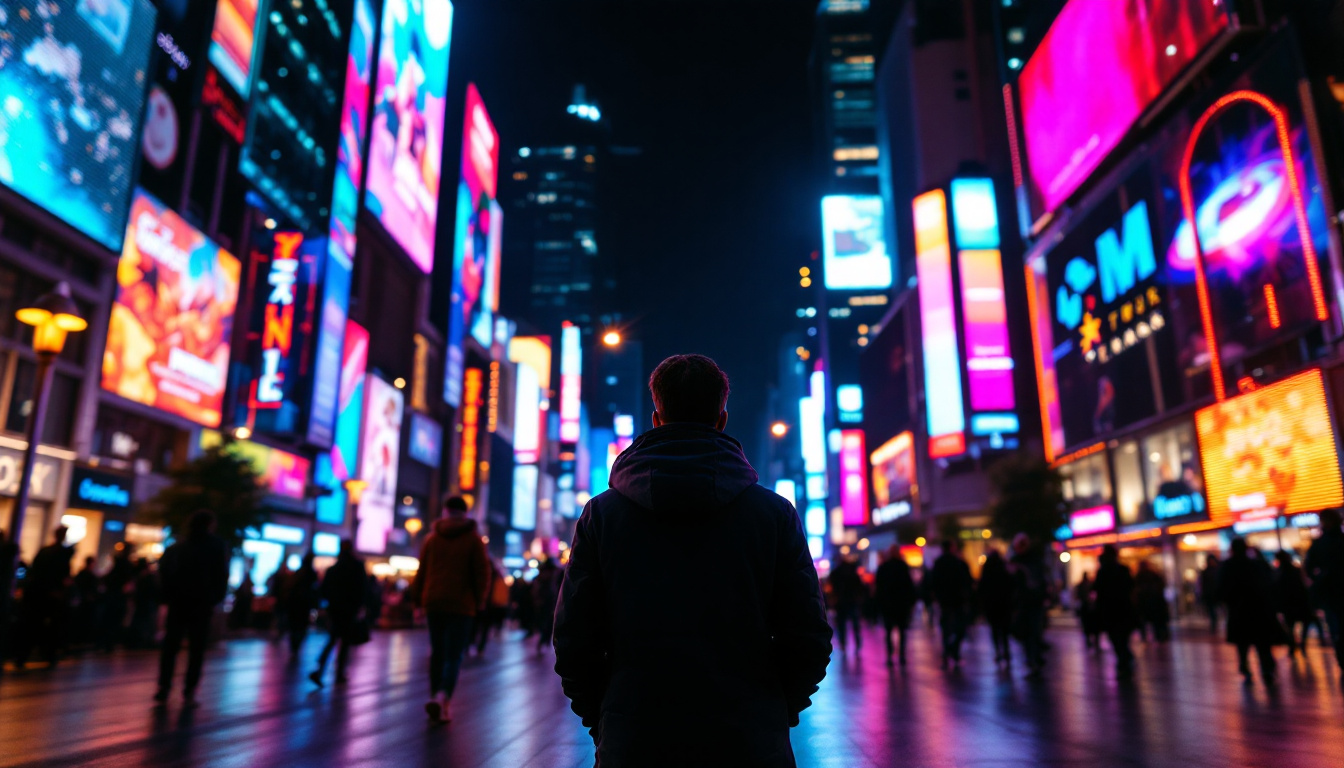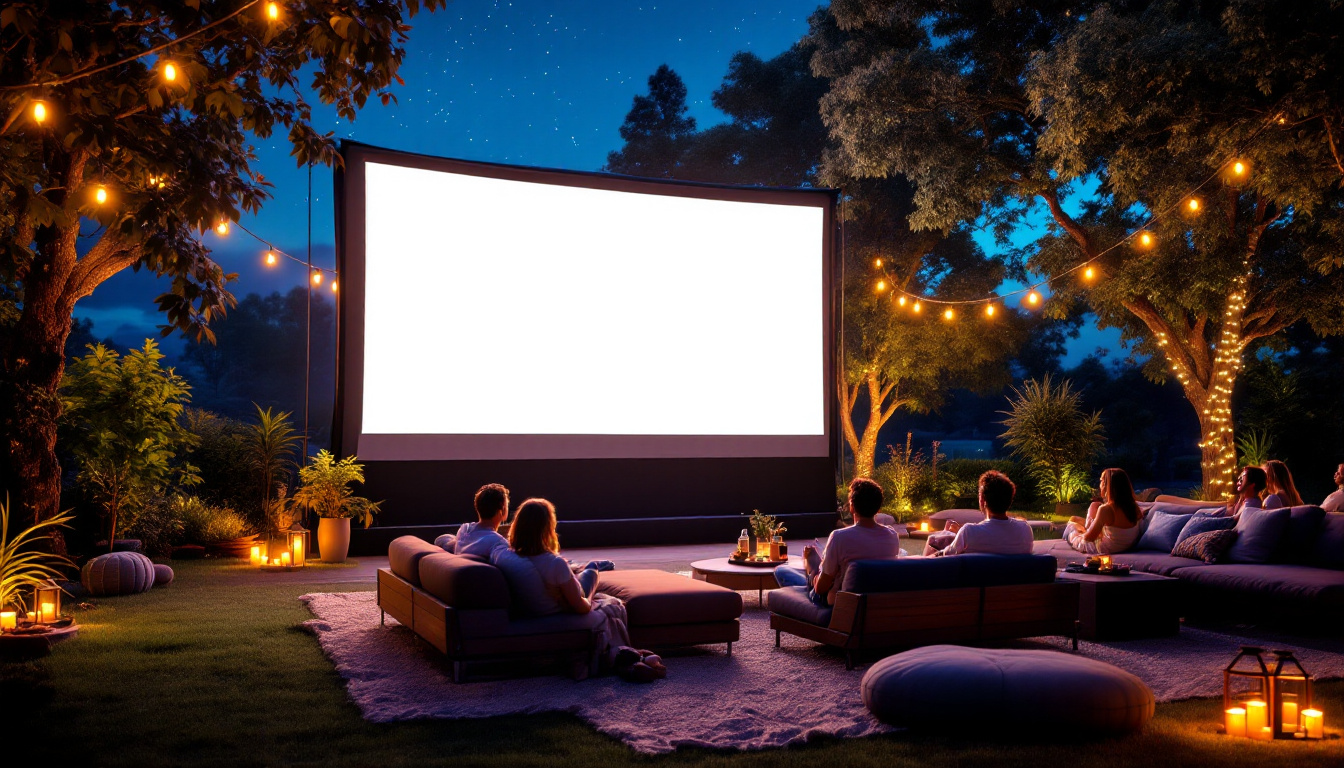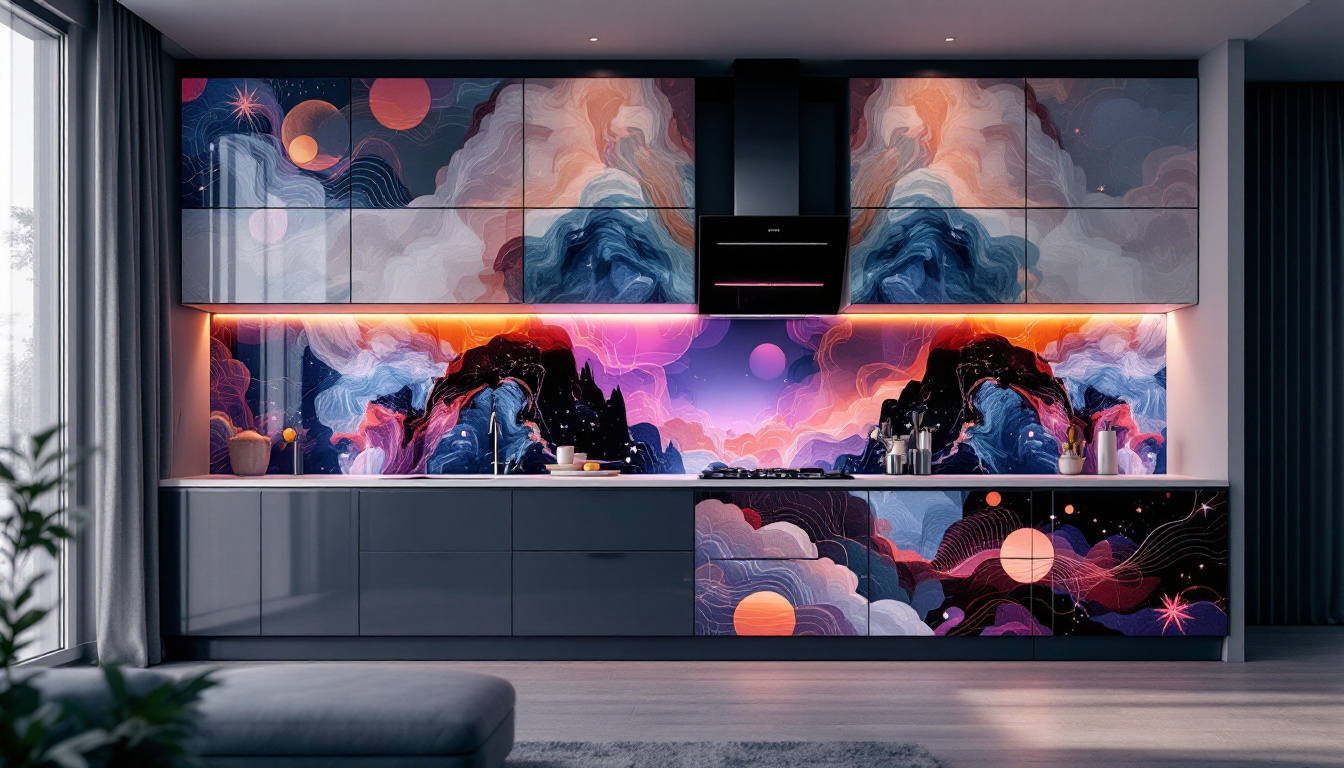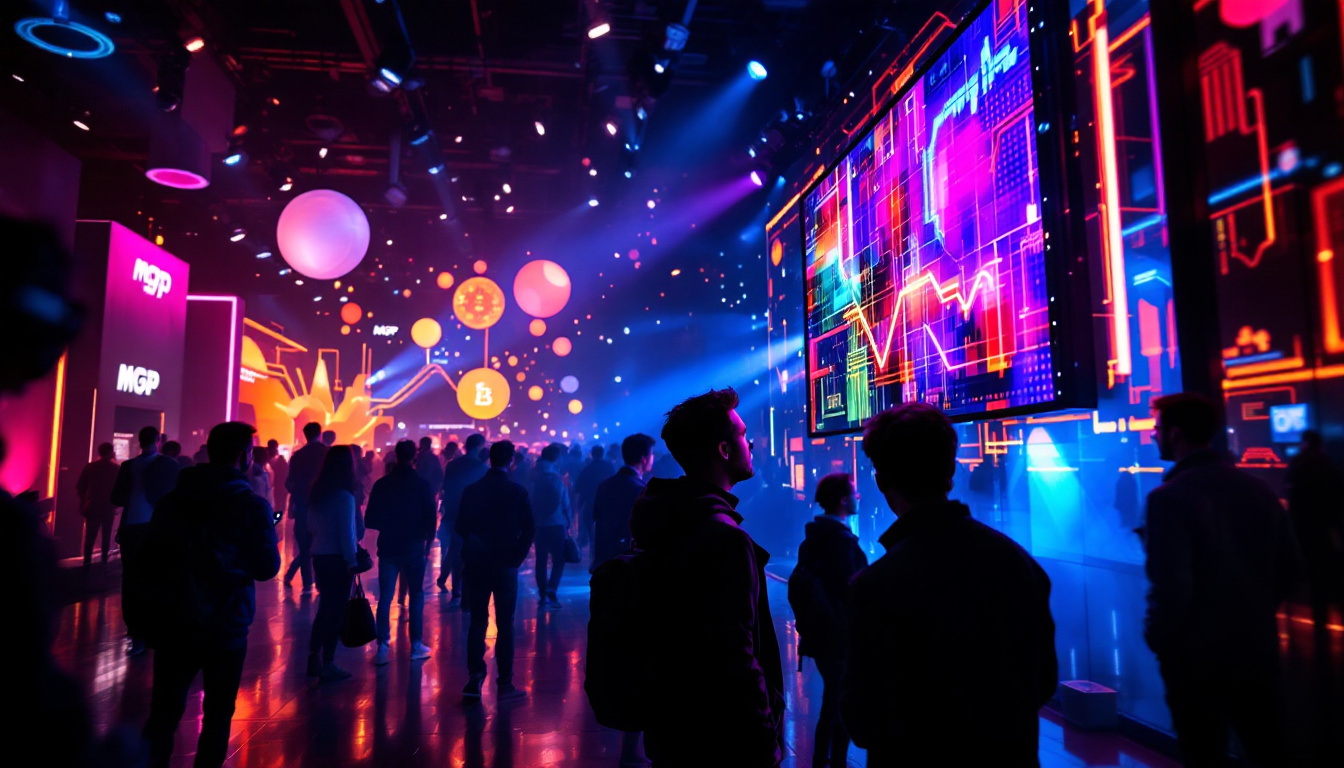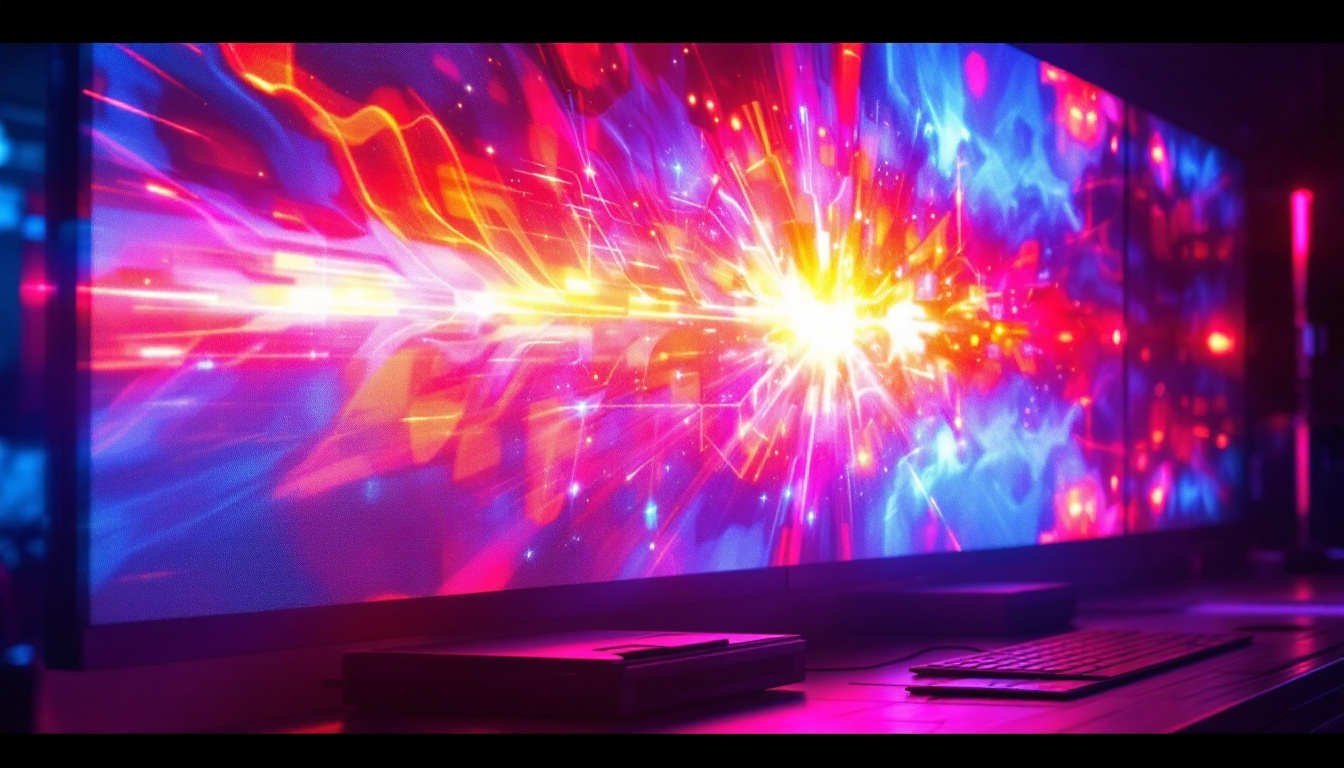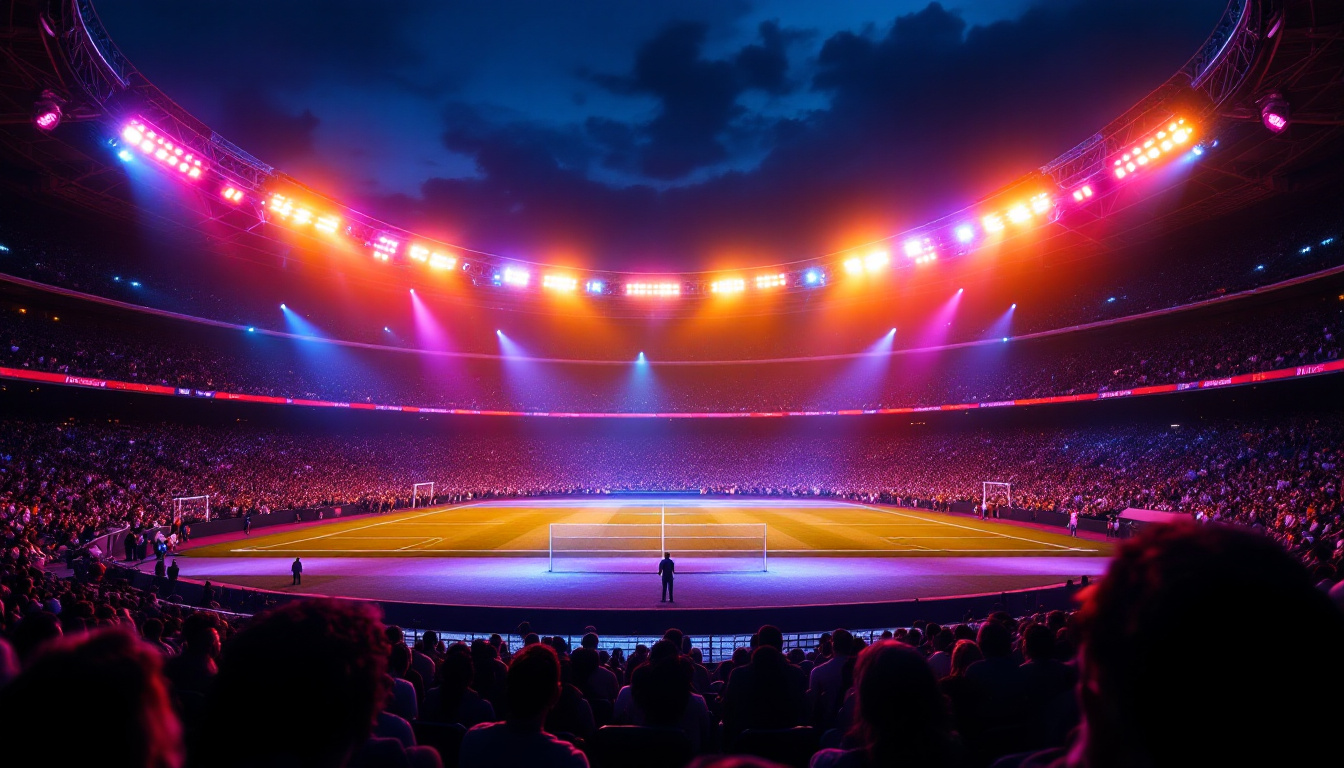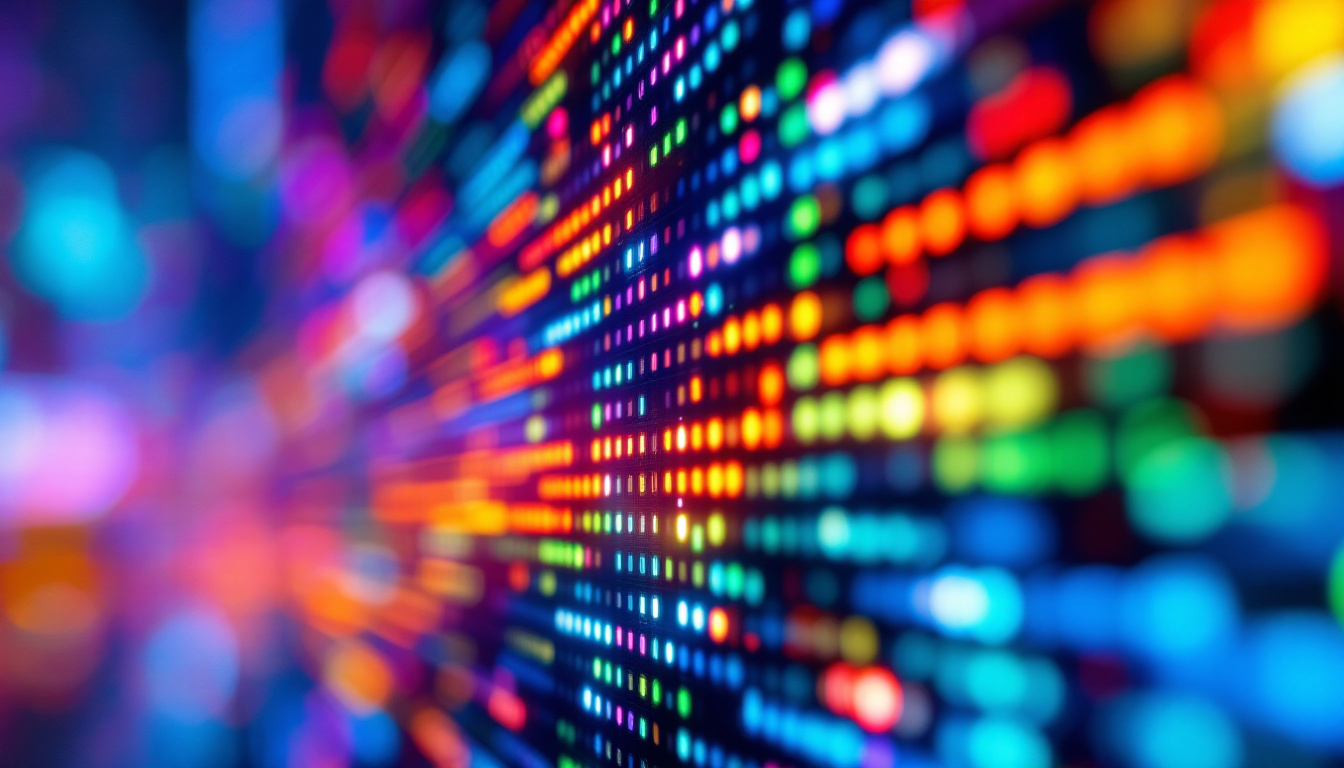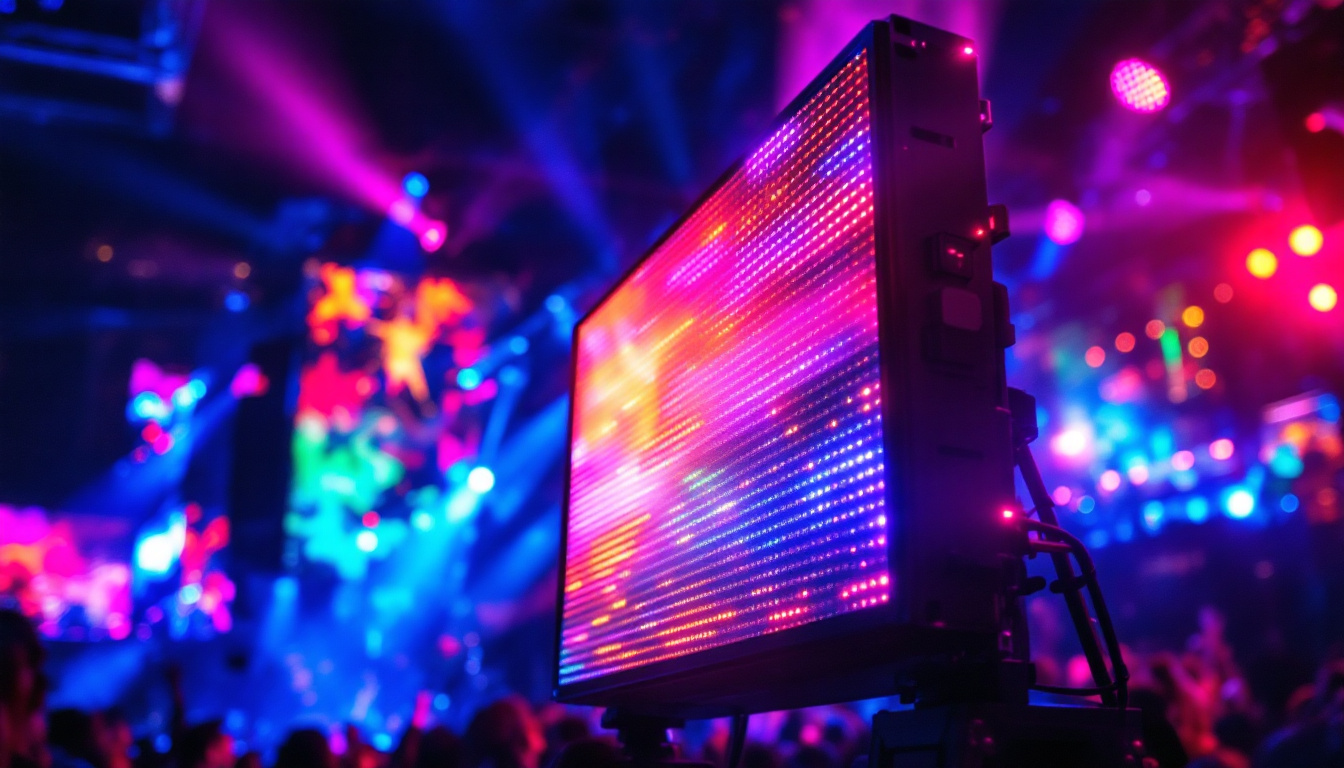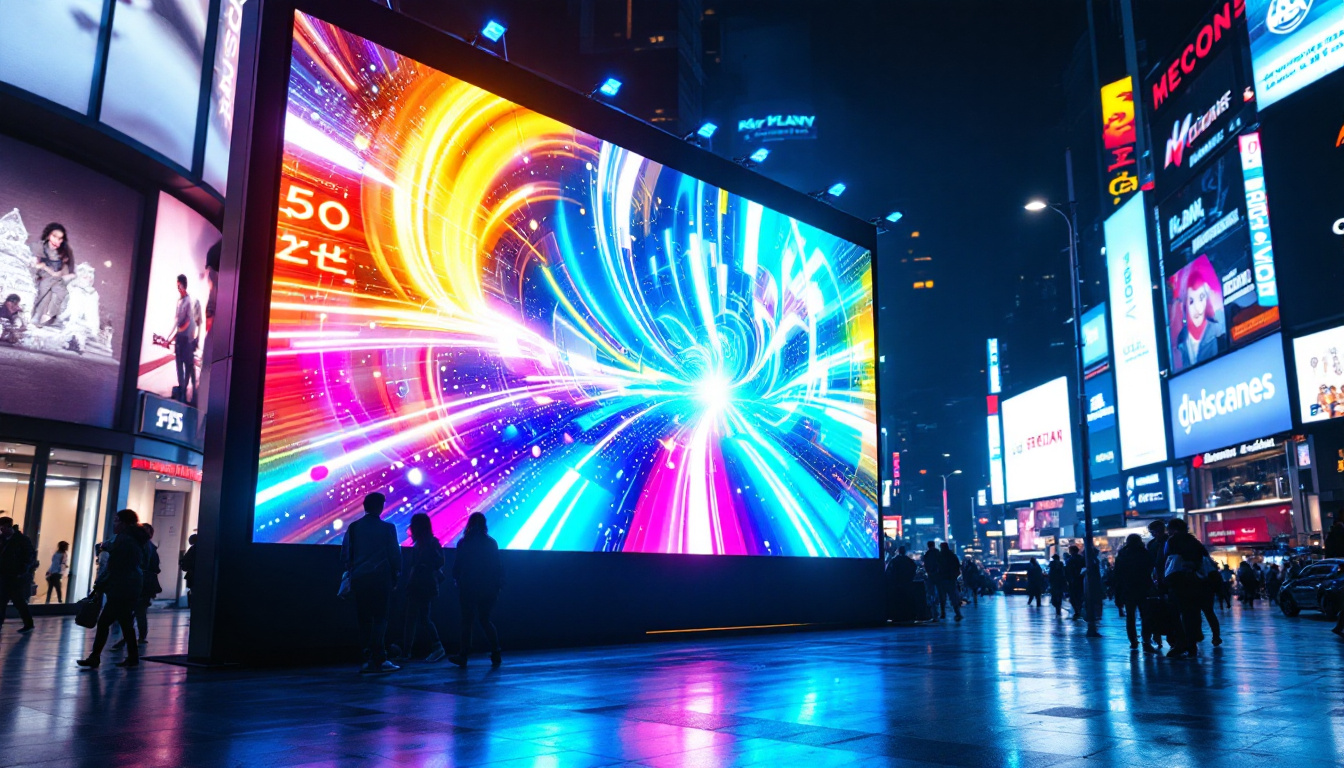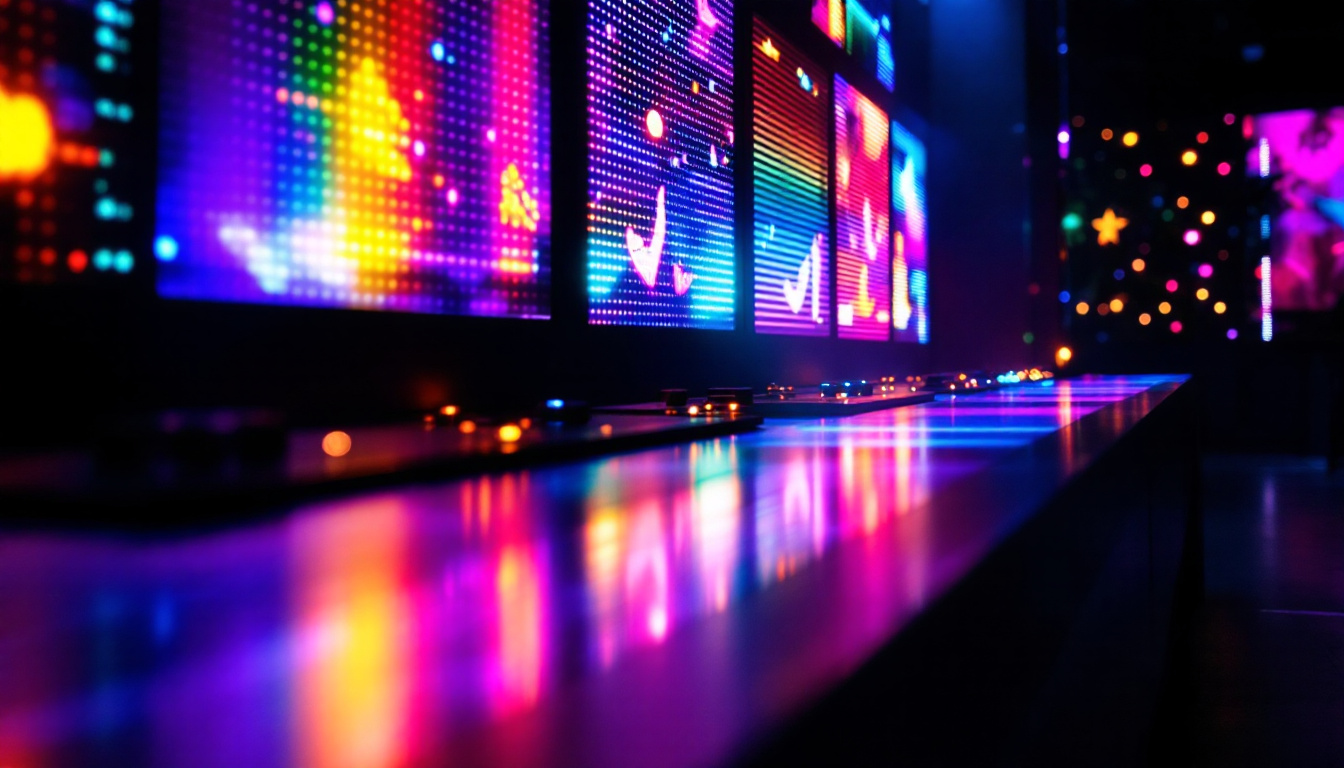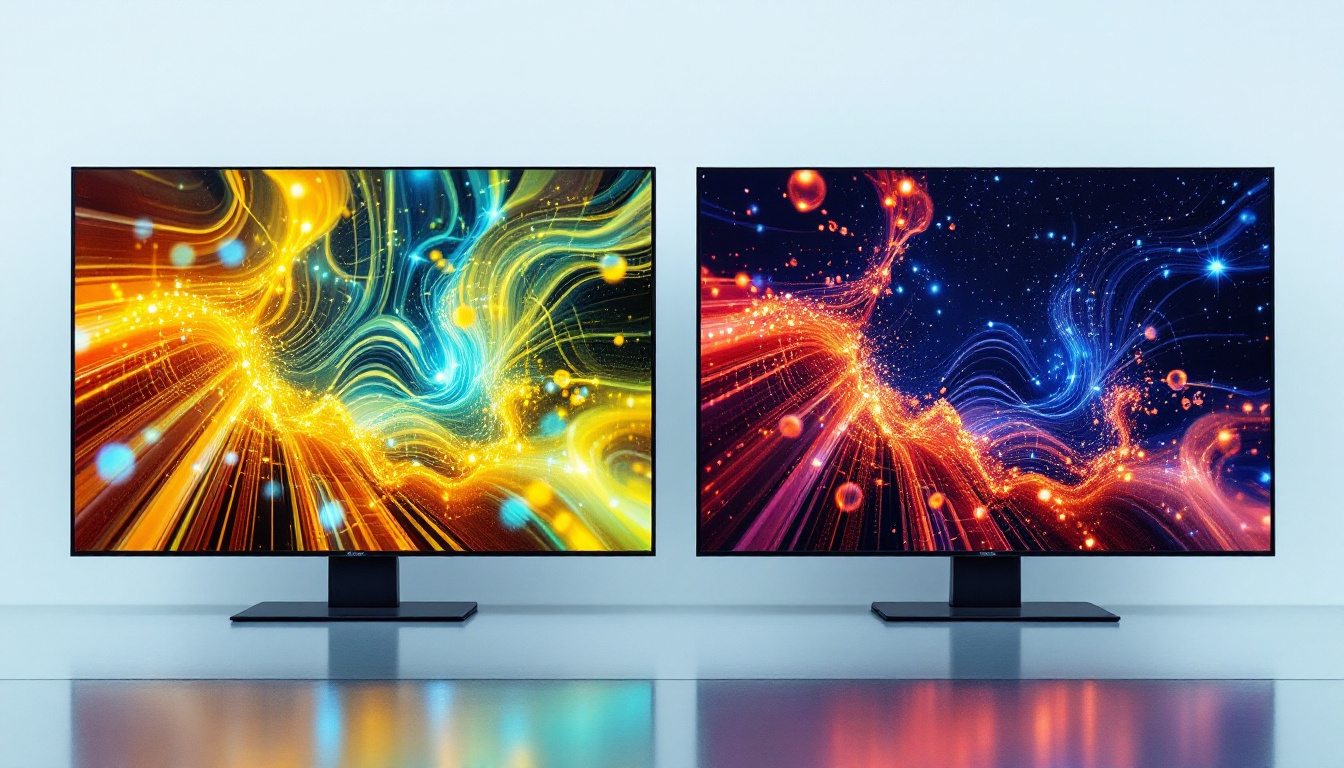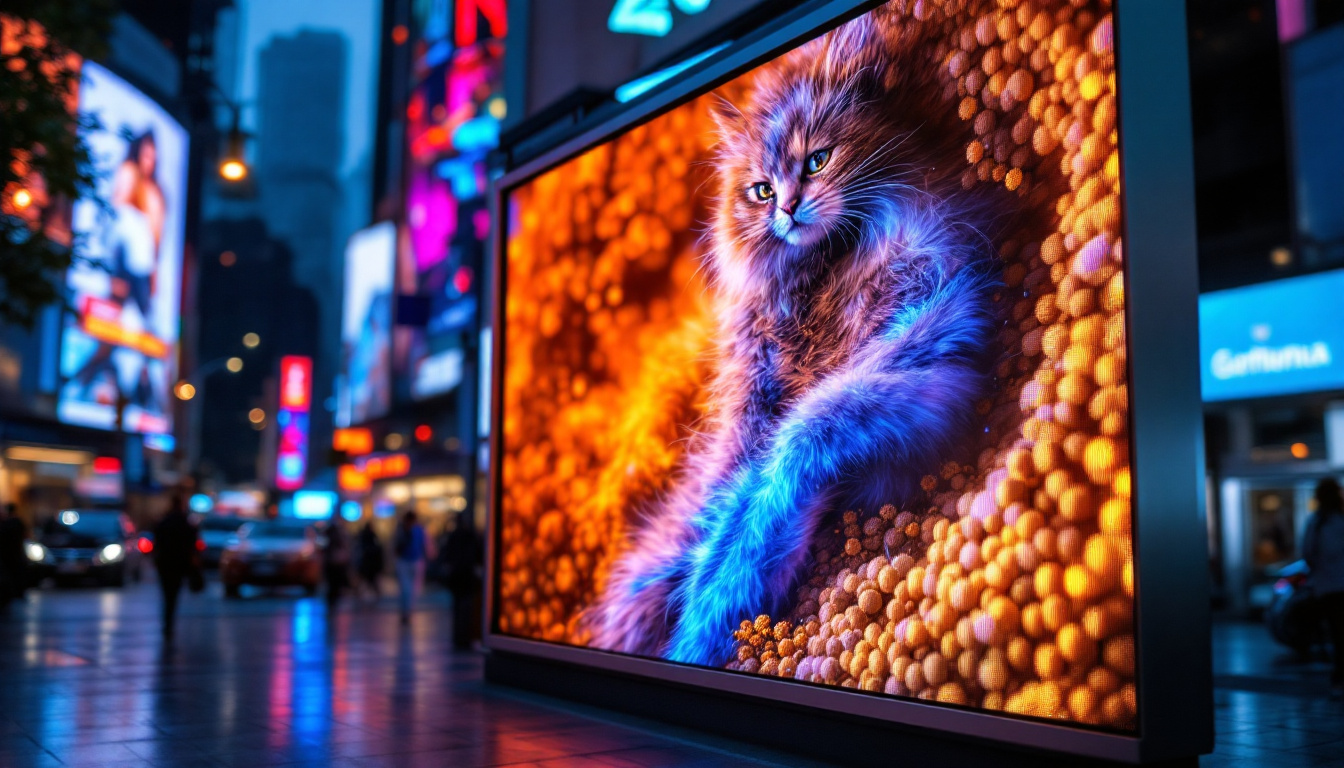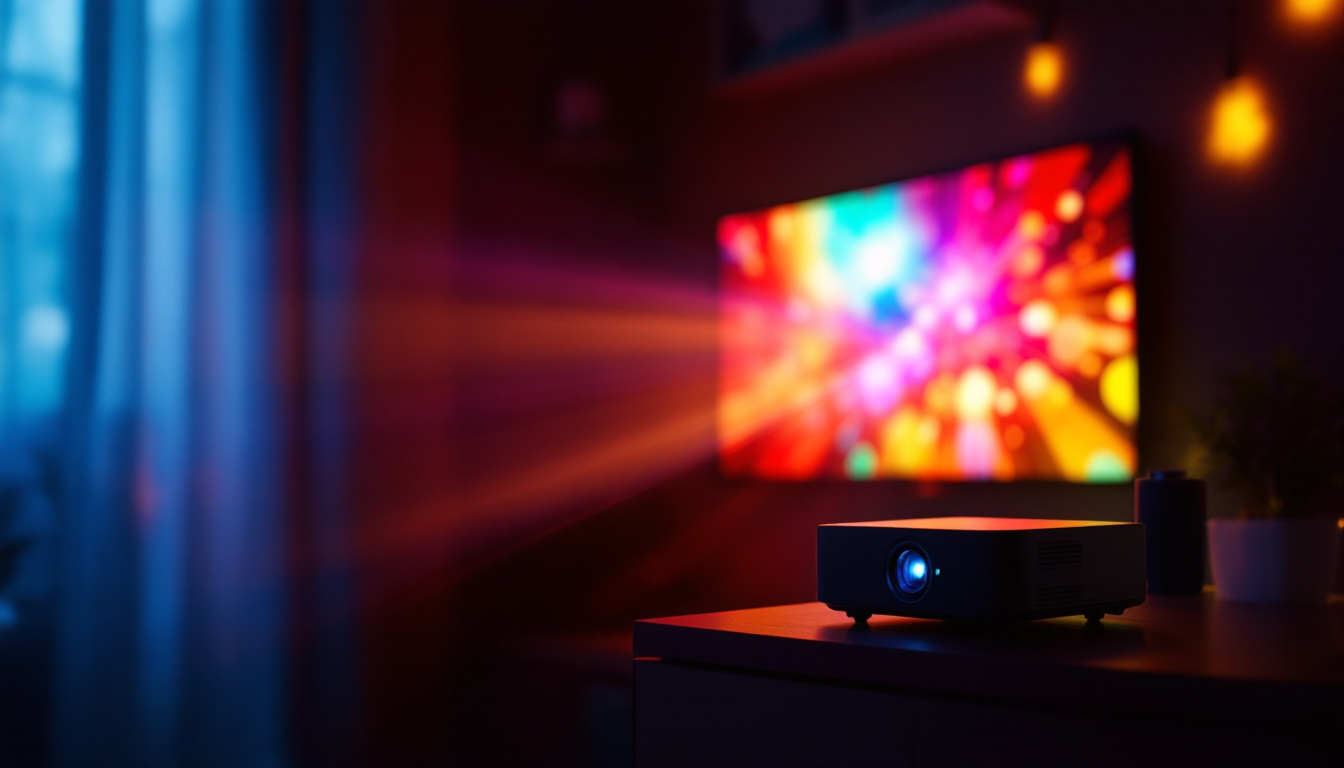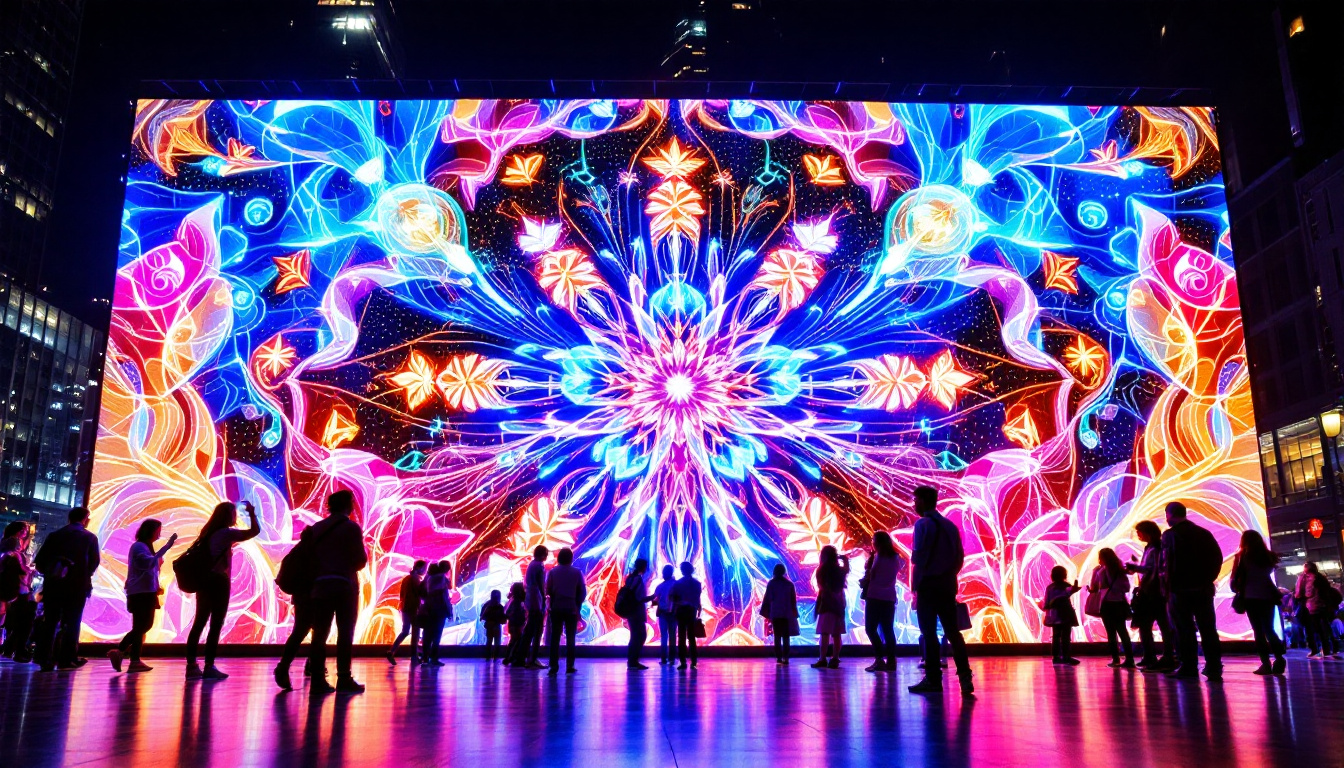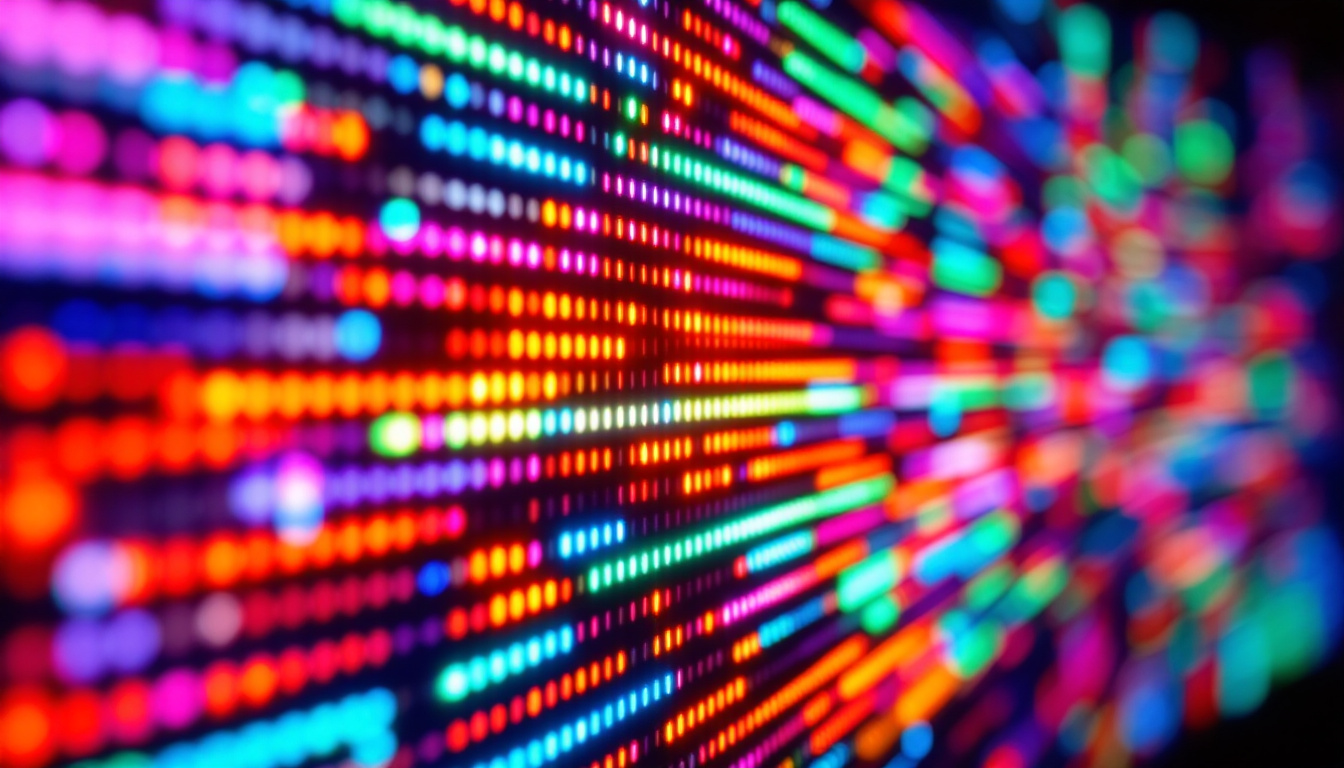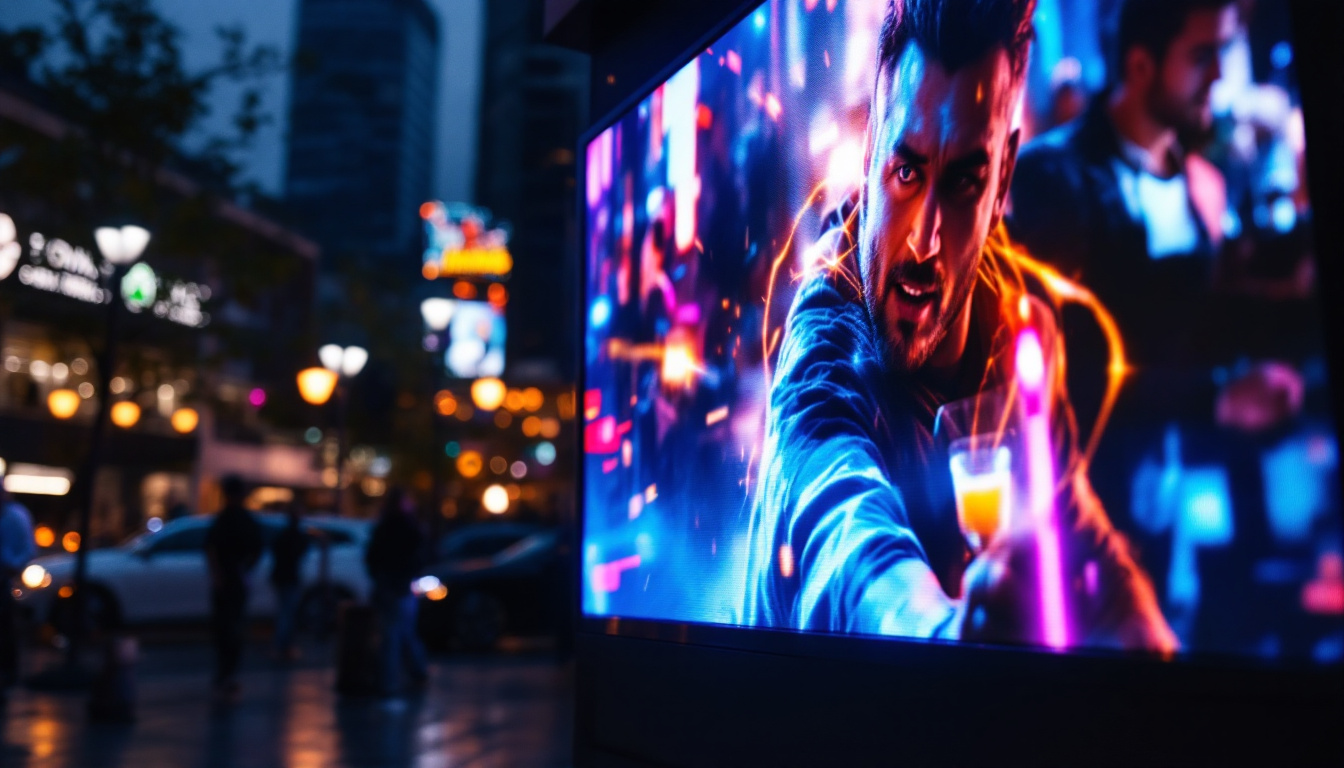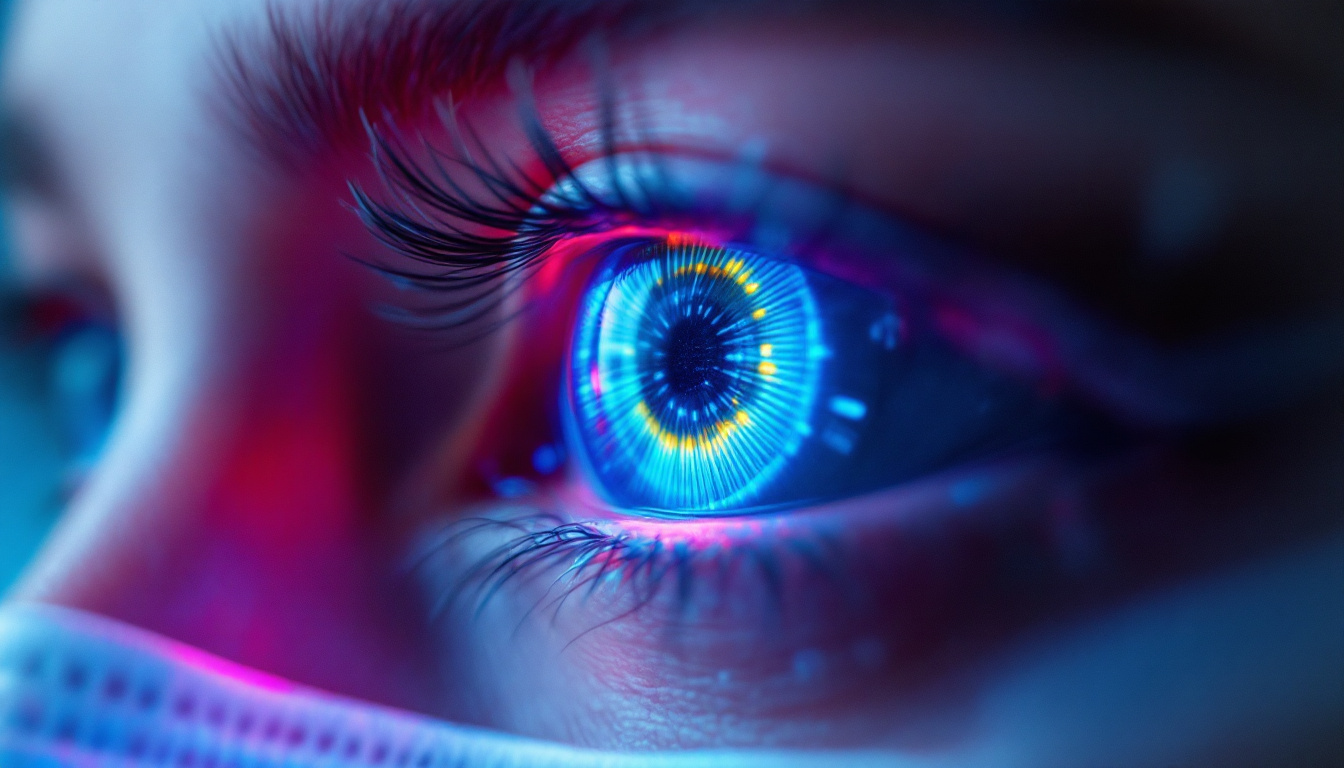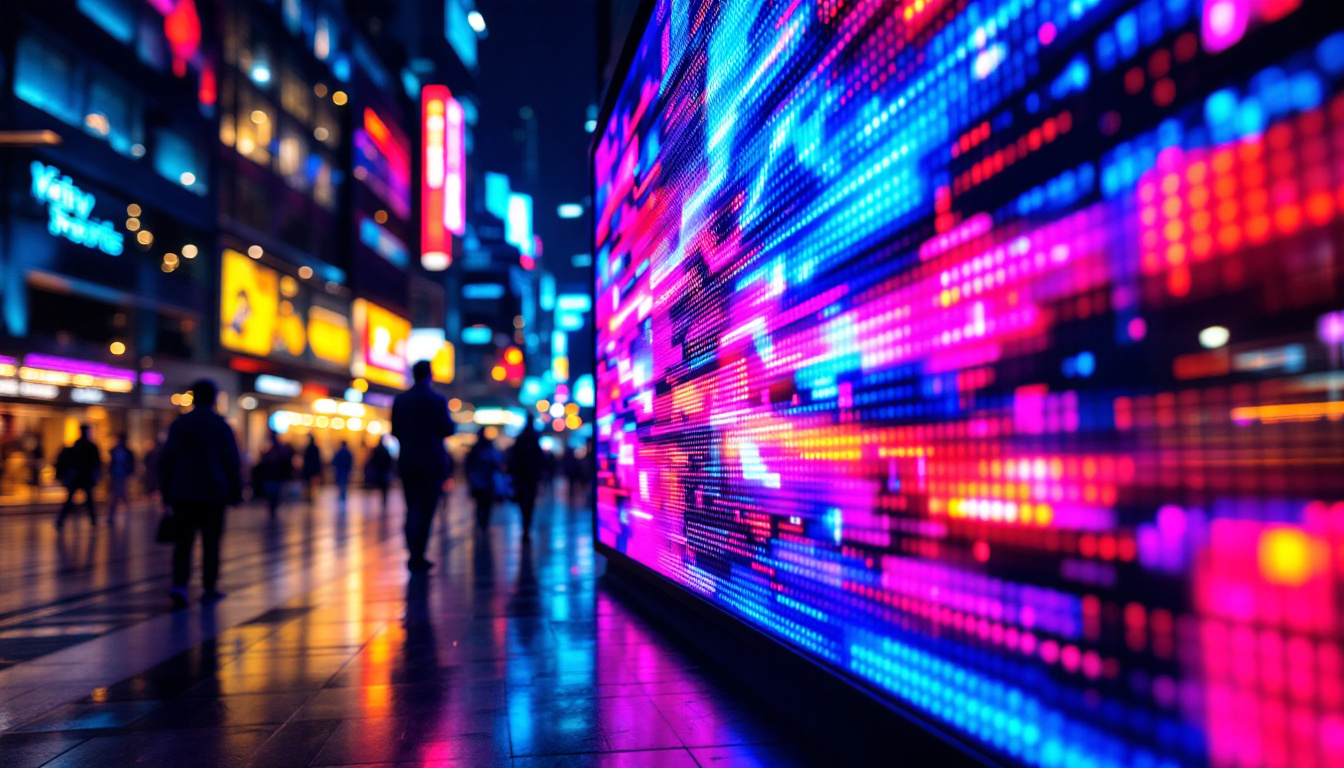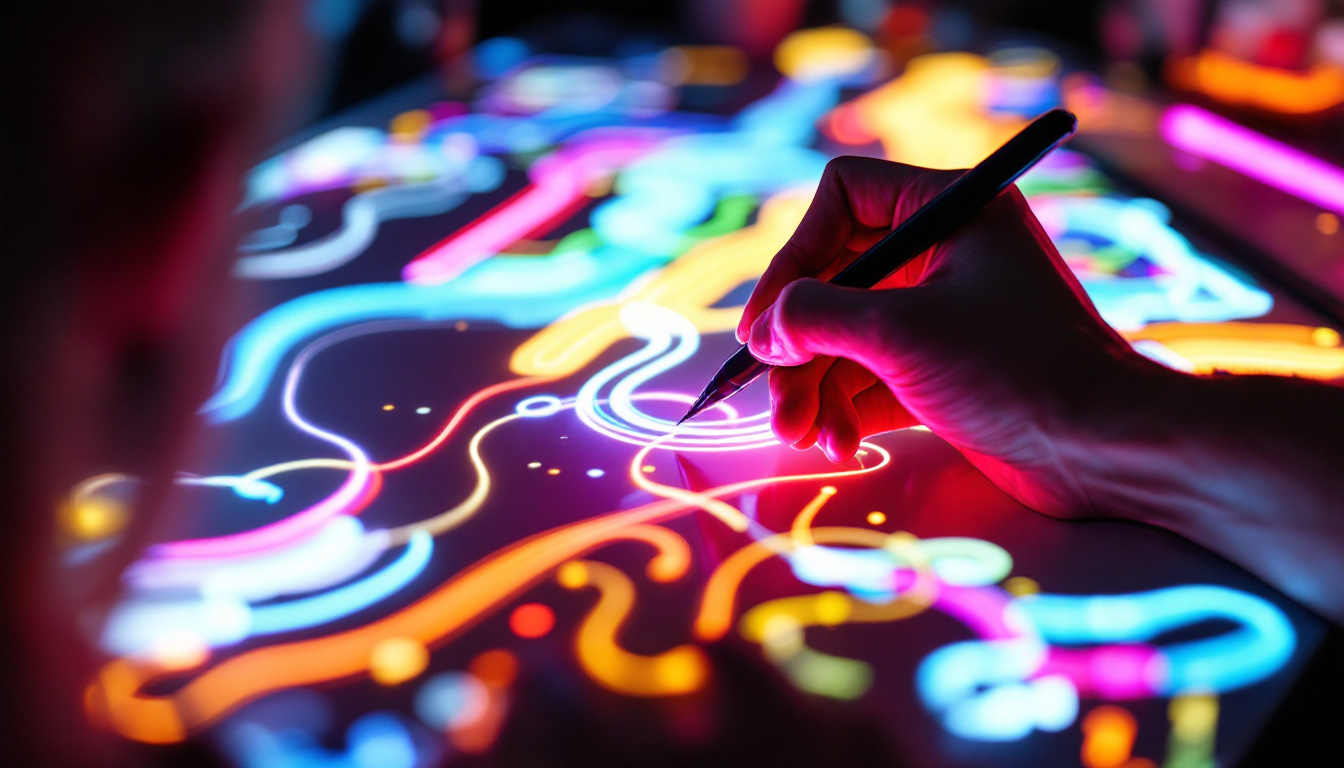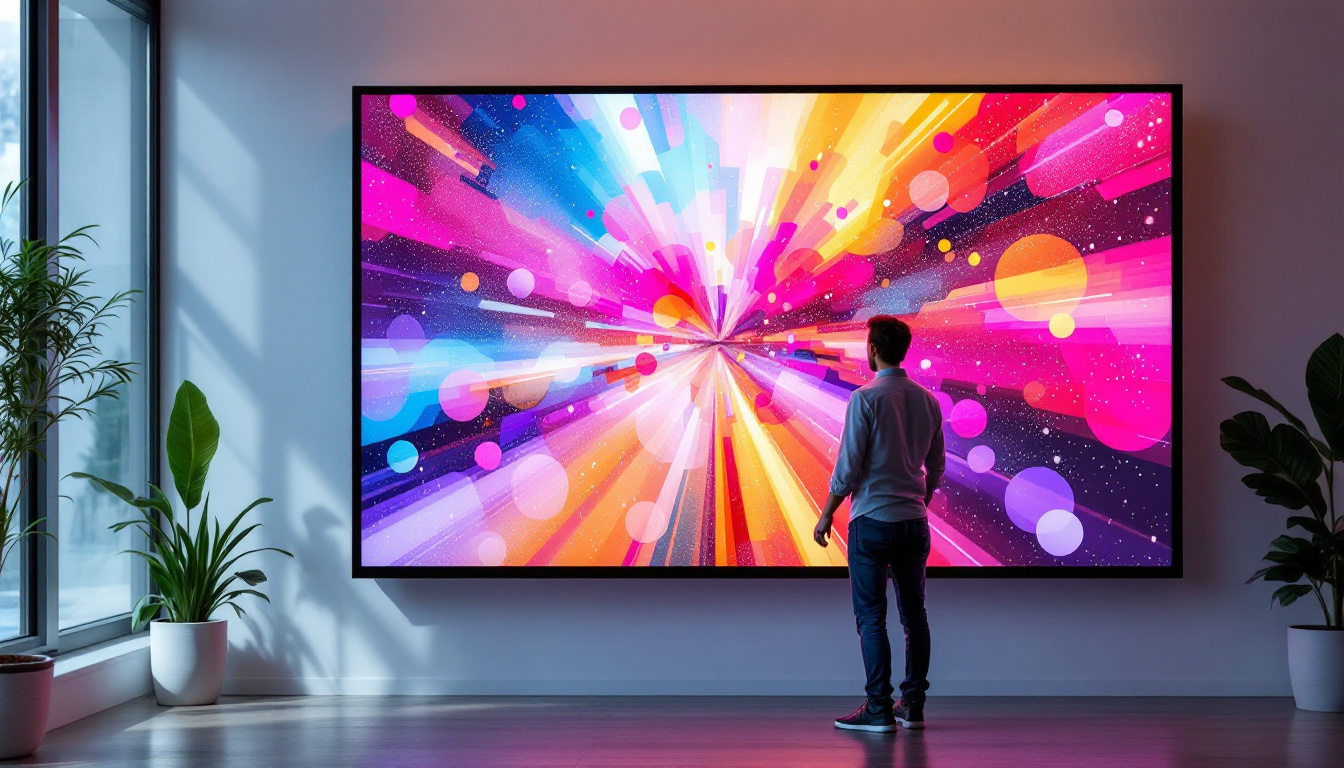What Does LED Mean: LED Display Explained
In the world of technology, acronyms often dominate the conversation, and one term that has become ubiquitous in recent years is LED. But what does LED actually mean, and how does it relate to displays? This article delves into the intricacies of LED technology, its applications, and its impact on modern displays.
Understanding LED Technology
LED stands for Light Emitting Diode, a semiconductor device that emits light when an electric current passes through it. This technology has revolutionized the way we think about lighting and displays, offering a more energy-efficient and longer-lasting alternative to traditional incandescent bulbs and other lighting technologies.
The Basics of How LEDs Work
At its core, an LED consists of a chip made from a combination of materials, typically gallium, arsenide, or gallium phosphide. When electricity flows through the chip, electrons recombine with holes within the device, releasing energy in the form of photons. This process is known as electroluminescence, and it is the fundamental principle behind how LEDs produce light.
The color of the light emitted by an LED depends on the materials used in its construction. For instance, different semiconductor materials can produce different wavelengths of light, resulting in various colors. This versatility is one of the reasons why LEDs are so popular in displays, as they can create vibrant and diverse color palettes. Furthermore, advancements in technology have led to the development of RGB LEDs, which combine red, green, and blue diodes to create a full spectrum of colors. This innovation has opened up new possibilities in digital signage and entertainment, allowing for dynamic and colorful displays that can be easily customized.
Advantages of LED Technology
LED technology offers numerous advantages over traditional lighting methods. One of the most significant benefits is energy efficiency. LEDs consume significantly less power than incandescent or fluorescent bulbs, making them an environmentally friendly option. Additionally, they have a much longer lifespan, often lasting tens of thousands of hours compared to just a few thousand for traditional bulbs.
Moreover, LEDs are more durable and resistant to shock and vibration, making them ideal for various applications, including outdoor displays and electronic devices. Their compact size also allows for greater flexibility in design, enabling manufacturers to create thinner and lighter displays that can be integrated into a wide range of products. Beyond their physical attributes, LEDs also contribute to improved safety and comfort in lighting design. They emit less heat than traditional bulbs, reducing the risk of burns and fires, and their ability to produce a range of color temperatures means they can be tailored to suit different environments, from warm, inviting hues in homes to bright, daylight-like conditions in workspaces. This adaptability not only enhances aesthetic appeal but also supports better visual comfort and productivity in various settings.
Types of LED Displays
LED technology is employed in various types of displays, each serving different purposes and applications. Understanding these types can help consumers make informed decisions when purchasing electronic devices or setting up display systems.
Direct View LED Displays
Direct view LED displays consist of an array of individual LEDs that are arranged to form images and text. These displays are commonly used in large outdoor screens, such as billboards and sports stadiums. The brightness and clarity of direct view LED displays make them suitable for high-visibility applications, even in direct sunlight.
One of the key advantages of direct view LED displays is their ability to create large-scale visuals without losing image quality. This makes them ideal for advertising and public announcements, where visibility is paramount. Additionally, advancements in technology have led to improvements in pixel density, allowing for sharper images and more detailed graphics. The modular design of these displays also allows for easy maintenance and scalability, enabling businesses to expand their advertising space as needed.
Moreover, direct view LED displays are increasingly being integrated with smart technology, allowing for dynamic content updates and real-time data display. This capability is especially beneficial for sports venues that can show live scores and statistics, enhancing the spectator experience. As cities continue to embrace digital signage, the role of direct view LED displays in urban landscapes is becoming more prominent, transforming how information is communicated in public spaces.
LED Backlit Displays
LED backlit displays utilize LEDs to illuminate a liquid crystal display (LCD) panel. This technology has largely replaced traditional fluorescent backlighting in LCDs, providing better color accuracy, improved contrast ratios, and greater energy efficiency. LED backlighting can be found in a wide range of devices, from televisions to computer monitors.
There are two primary types of LED backlighting: edge-lit and full-array. Edge-lit displays have LEDs positioned along the edges of the screen, while full-array displays feature a grid of LEDs behind the entire panel. Full-array backlighting generally offers superior performance in terms of brightness and contrast, making it a preferred choice for high-end displays. Additionally, full-array LED backlit displays often include local dimming capabilities, which enhance the viewing experience by allowing specific areas of the screen to dim or brighten independently.
The versatility of LED backlit displays extends to their application in various environments. For instance, they are commonly used in office settings for computer monitors, where reduced eye strain and energy consumption are critical. Furthermore, advancements in LED technology have led to the development of ultra-slim models that not only save space but also provide a sleek aesthetic that appeals to modern consumers. As the demand for high-definition content continues to grow, LED backlit displays are evolving to meet these needs, incorporating features like HDR (High Dynamic Range) for even more stunning visuals.
Organic LED (OLED) Displays
Organic LED (OLED) displays represent a significant advancement in display technology. Unlike traditional LEDs, which use inorganic materials, OLEDs use organic compounds that emit light when an electric current is applied. This allows for even greater flexibility in design, as OLEDs can be made into ultra-thin and curved displays.
One of the standout features of OLED technology is its ability to produce true blacks. Since each pixel in an OLED display can be turned off completely, it allows for a higher contrast ratio compared to traditional LED displays. This results in more vibrant colors and a more immersive viewing experience, making OLEDs a popular choice for high-end televisions and smartphones. The rapid response time of OLED technology also means that motion blur is significantly reduced, making it ideal for fast-paced video content, such as action movies or sports broadcasts.
In addition to their superior picture quality, OLED displays are also lauded for their energy efficiency, particularly when displaying darker images. This characteristic not only contributes to lower power consumption but also extends the lifespan of the display. As manufacturers continue to innovate, we are seeing OLED technology being integrated into a wider array of devices, including wearables and automotive displays. The potential for flexible and transparent OLEDs opens up exciting possibilities for future applications, such as smart windows and interactive surfaces, further pushing the boundaries of display technology.
Applications of LED Displays
LED displays have found their way into various industries and applications, transforming the way information is conveyed and enhancing visual experiences. From advertising to entertainment, the versatility of LED technology is evident in its widespread use.
Advertising and Marketing
One of the most prominent applications of LED displays is in advertising. Digital billboards and signage utilize bright, eye-catching LED technology to attract attention and convey messages effectively. The ability to change content quickly and easily makes LED displays an attractive option for businesses looking to reach potential customers.
Moreover, LED displays can be programmed to show dynamic content, such as animations or videos, which can further engage viewers. This adaptability allows businesses to tailor their advertising strategies in real-time, responding to trends and audience preferences.
Entertainment and Events
In the realm of entertainment, LED displays play a crucial role in concerts, sporting events, and other large gatherings. Stage designs often incorporate LED screens to provide visuals that enhance the overall experience for attendees. These displays can be used to show live feeds, graphics, and special effects, creating a more immersive atmosphere.
Additionally, LED technology has become a staple in the film and television industry. From studio sets to outdoor screenings, LED displays provide high-quality visuals that contribute to the storytelling process. Their versatility and adaptability make them an essential tool for modern entertainment productions.
Consumer Electronics
LED technology has also made significant inroads into consumer electronics. From smartphones and tablets to televisions and computer monitors, LED displays are ubiquitous in everyday devices. The demand for high-quality visuals has driven manufacturers to adopt LED technology, resulting in brighter, more vibrant screens that enhance user experiences.
As technology continues to advance, the integration of LED displays into consumer electronics is expected to grow. Innovations such as flexible displays and transparent screens are on the horizon, promising to further transform the way consumers interact with their devices.
The Future of LED Displays
The future of LED displays looks promising, with ongoing advancements in technology and applications. As the demand for high-quality visuals increases, manufacturers are continuously exploring new ways to enhance LED technology.
Improved Energy Efficiency
One of the primary focuses for the future of LED displays is improving energy efficiency. As environmental concerns grow, there is a push for technologies that consume less power while maintaining high performance. Innovations in materials and design are expected to lead to even more energy-efficient LED displays, reducing their carbon footprint and operational costs.
Integration with Smart Technology
The integration of LED displays with smart technology is another area of growth. As smart homes and IoT devices become more prevalent, the ability to control and customize LED displays through apps and voice commands is becoming increasingly popular. This connectivity allows for a more personalized experience, enabling users to tailor their displays to suit their preferences and needs.
Advancements in Display Quality
Future advancements in display quality are also on the horizon. Research into new materials and technologies is expected to yield displays with even higher resolutions, better color accuracy, and improved viewing angles. These enhancements will further elevate the visual experience, making LED displays an even more appealing choice for consumers and businesses alike.
Conclusion
LED technology has transformed the landscape of displays, offering a range of benefits that have made it the preferred choice for various applications. From advertising and entertainment to consumer electronics, the versatility and efficiency of LED displays are undeniable.
As technology continues to evolve, the future of LED displays looks bright, with ongoing innovations promising to enhance performance and expand applications. Understanding what LED means and how it works is essential for anyone looking to navigate the ever-changing world of display technology.
Whether for personal use or business applications, LED displays are set to remain a cornerstone of modern technology, illuminating our lives in ways we are only beginning to explore.
Discover Cutting-Edge LED Displays with LumenMatrix
Ready to elevate your visual experience with the latest in LED display technology? Look no further than LumenMatrix, a pioneer in crafting state-of-the-art LED display modules that bring your brand to life. Whether you’re in need of an Indoor LED Wall Display for your corporate headquarters, an Outdoor LED Wall Display for high-impact advertising, or any of our innovative solutions like Vehicle LED Displays, LED Sports Displays, or Custom LED Displays, LumenMatrix is here to transform your visual communication. Our mission is to empower your business to captivate audiences and communicate with unforgettable clarity and impact. Check out LumenMatrix LED Display Solutions today and join the revolution in display technology.

